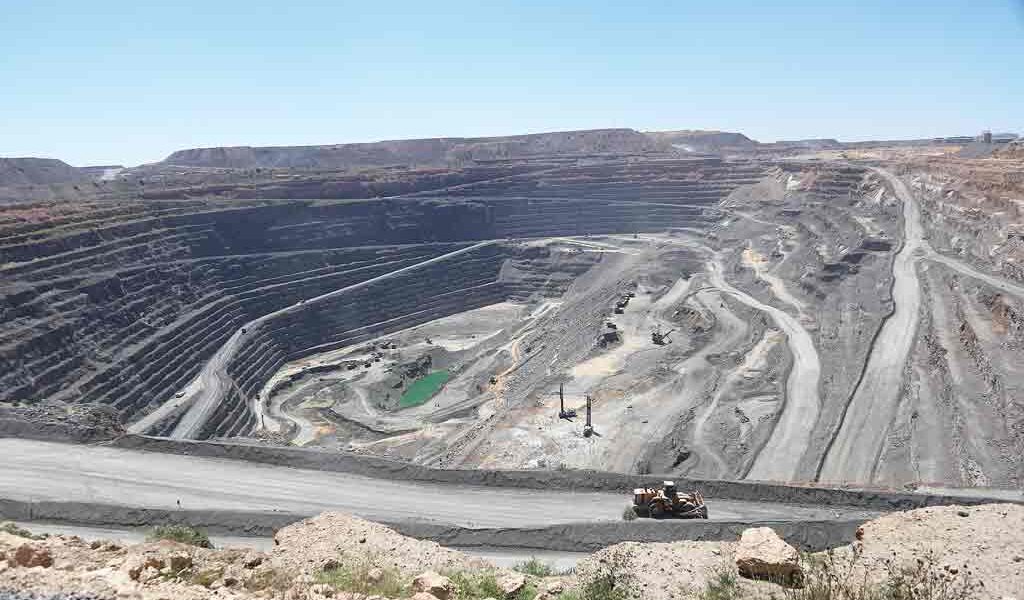The project, known as “Cut 9”, has been under discussion for five years as part of the Jwaneng Resource Extension Project.
GAZETTE REPORTER
De Beers production decreased by 5 percent to 8.7 million carats due to expected lower grades at Jwaneng and lower volumes at Venetia, due to a shutdown to upgrade its processing plant ahead of its transition from open cut to underground operations, Anglo American, De Beers mother company announced in its Production Report for the third quarter ended 30 September 2018.
Headed by Chief Executive Officer (CEO) Mark Cutifani, Anglo announced that rough diamond production decreased by 5 percent to 8.7 million carats due to planned volume reductions in Botswana (Debswana) and South Africa (DBCM).
Debswana production decreased by 6 percent to 5.7 million carats due to the planned processing of lower grade material at Jwaneng, the world’s most valuable diamond mine.
Production at Orapa Mine remained in line with third quarter (Q3) 2017 at 2.6 million carats. De Beers also has operations in Namibia through its company Namdeb Holdings.
At Namdeb production was flat at 0.5 million carats.
In South Africa (DBCM) production decreased by 14 percent to 1.3 million carats due to a planned shutdown at Venetia to upgrade the processing plant ahead of the transition from open cut to underground operations. Canada production increased by 5 percent to 1.2 million carats, driven by higher grades at Victor, which is approaching the end of its life. Gahcho Kué production was in line with Q3 2017. Rough sales volumes amounted to 5.0 million carats (4.6 million carats on a consolidated basis from two sales cycles in Q3 2018, compared with 6.9 million carats (6.5 million carats on a consolidated basis from two sales cycles in Q3 2017.
Rough sales volumes were down as a result of Sightholders being given the opportunity during the seventh Sight of 2018 to re-phase the allocation of some smaller, lower value rough diamonds. Rough sales revenues were broadly in line with Q3 2017, according to the company.
Botswana’s Debswana Diamond Mining, a joint venture between De Beers and the Southern Africa country’s government, plans to extend the lifespan of its Jwaneng mine beyond 2024.
The project, known as “Cut 9”, has been under discussion for five years as part of the Jwaneng Resource Extension Project. This Project led to the development of Cut 8, the $3 billion expansion project designed to prolong the Jwaneng Mine an additional 7 years, ensuring continuous production until at least 2024 and producing 100 million carats. Cut 8 started delivering first ore to plant in 2017.
Cut 9 is expected to commence in two years.
Botswana government and De Beers have started talks about extending their ten-year marketing and sales agreement, which is due to lapse in 2020.
Jwaneng Mine is the richest diamond mine in the world by value. It became fully operational in August 1982. It is the flagship of Debswana thanks to its substantially higher dollar per carat obtained for its gems, contributing 60-70 percent of Debswana’s total revenue.
Estimated production for the mine in 2017 is 12 million carats worth over $2.3 billion. The scale of the expansion project is huge, taking the 2.5km by 1.5km mine from a depth of 400 metres to 650 metres.
The project (Cuts 8 & 9) will extend the life of Jwaneng to at least 2033, providing access to about 91 million tons of ore, containing an estimated 110 million carats of mainly high quality diamonds.
During 2018, Cut-8 will become the main source of ore for Jwaneng. It is expected to contribute a total of US$28 billion (in 2014 prices) to Botswana’s economy and generate more than 1,000 jobs during the operational phase.
In total, Cut-8 is projected to support more than 4,500 jobs per year, either directly or indirectly.

